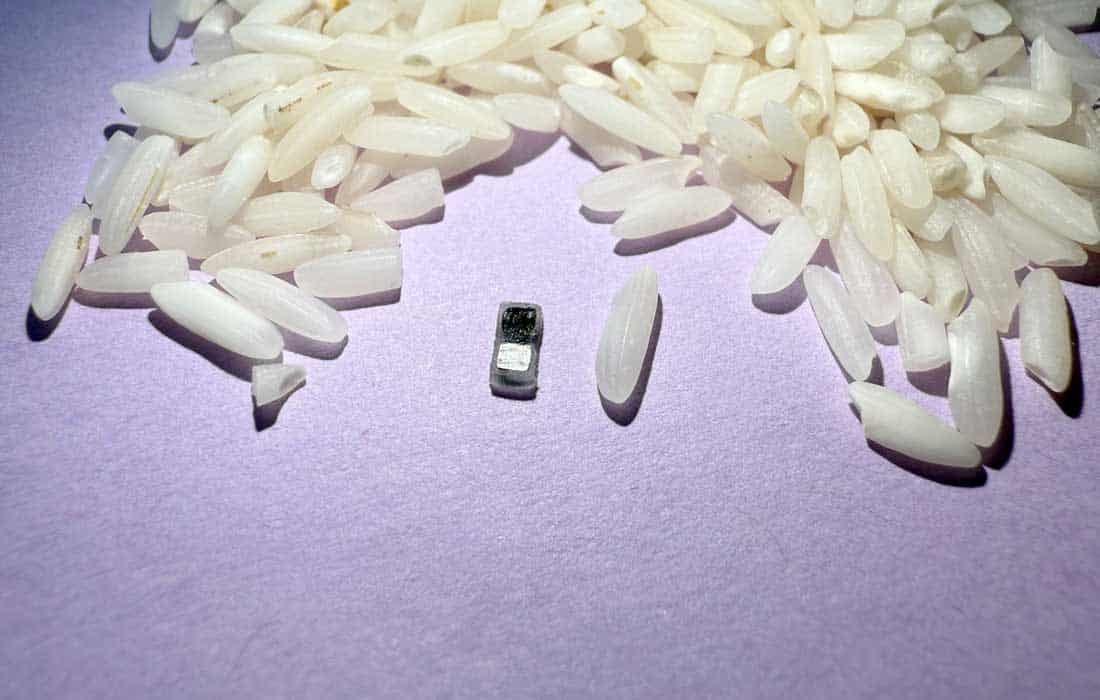CHICAGO: Scientists at Northwestern University have developed the world’s smallest injectable and dissolvable pacemaker, a revolutionary device designed to provide temporary heart support without the need for surgical removal.
Smaller than a grain of rice, the pacemaker can be injected using a syringe and is ideal for newborns with congenital heart defects. It pairs with a flexible, wireless, wearable device that mounts on the chest to monitor heart activity. When an irregular heartbeat is detected, the wearable device emits a light pulse that activates the pacemaker, ensuring proper pacing without invasive procedures.
This groundbreaking innovation eliminates the need for surgical extraction. The pacemaker dissolves naturally into the body’s biofluids once it’s no longer needed, making it a game-changer for temporary heart treatments.
“There’s a crucial need for temporary pacemakers in pediatric heart surgeries,” said John A. Rogers, a leading bioelectronics expert at Northwestern. “Size miniaturisation is incredibly important in such cases.”
Children born with congenital heart defects often require temporary pacing for about a week after surgery, a critical period for recovery. “Now, we can place this tiny pacemaker on a child’s heart and stimulate it with a soft, gentle, wearable device. No additional surgery is necessary to remove it,” added cardiologist Igor Efimov, who co-led the study.
Beyond paediatric care, the pacemaker’s tiny size allows it to be integrated with other medical devices, such as heart valve replacements, to improve synchronised heart function. Scientists believe the technology could extend beyond heart care to applications in nerve healing, wound treatment, and pain management.
This innovation marks a significant leap in bioelectronic medicine, offering a safer, more efficient solution for temporary heart pacing.













